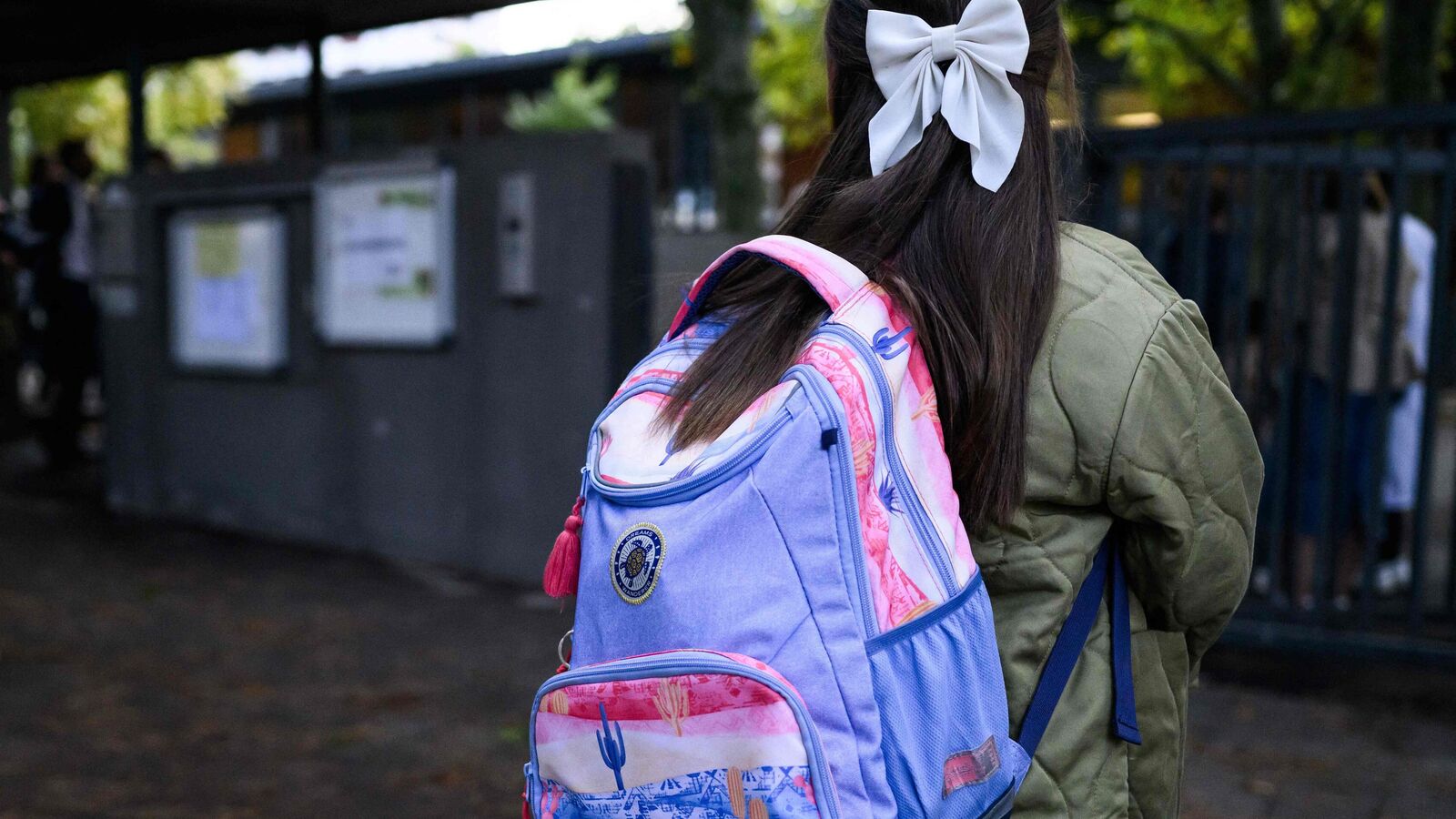The Centre has commissioned a study by the Bureau of Indian Standards (BIS) to update the 1982 schoolbag standard, said two government officials aware of the development. The revised norms will focus on balancing capacity, weight, and comfort—key factors in preventing musculoskeletal stress among schoolchildren.
“The adolescent spine is in a critical stage of development,” said Dr. Rakesh Bagdi, a paediatrician and neonatologist at Gangauri Hospital in Sawai Madhopur, Rajasthan. “Carrying heavy or poorly designed backpacks can lead to musculoskeletal and postural problems that may persist into adulthood.”
The 1982 standard, framed when most bags were made of canvas or rexine, no longer reflects current needs. Today’s school bags use lightweight synthetic fabrics, polyurethane coatings, and padded straps aimed at easing pressure on the shoulders.
Queries emailed to the spokesperson of BIS remained unanswered till press time.
“With the growing variety of designs, materials, and performance expectations, it has become essential to revise the existing Indian Standard for school bags to reflect current market realities,” a senior government official quoted earlier said.
“The review of standards will put an end to the practice of selling heavy, fancy school bags. Adherence to the new norms will be mandatory,” the official said. “The revision of IS 10228:1982 will include all major types of school bags and define performance requirements that ensure durability, comfort, and safety for students.”
The BIS project will collect technical data from manufacturers, testing labs, and buyers across India, and benchmark Indian practices against standards in Japan, South Korea, and Germany.
Aligning Indian standards with global benchmarks will also enhance product quality and export potential, said Ashim Sanyal, CEO of Consumer Voice.
“Updating the school bag standard will bring Indian products closer to international benchmarks, opening export opportunities while ensuring the health and comfort of students at home,” he said. “It’s a small but significant step toward quality-driven design standards.”
Students at risk
The Ministry of Education’s School Bag Policy 2020 recommends that the weight of a school bag should not exceed 10% of a student’s body weight, yet compliance remains poor. Experts say many schools continue to assign excessive homework, require students to carry all textbooks every day, and delay introducing locker systems — all of which contribute to overloaded bags. Parents, too, often overlook ergonomics, prioritizing appearance or price over weight and comfort.
According to the policy, no school bag is recommended for pre-primary students. For classes 1 and 2, the weight of an empty bag should be between 1.6 and 2.2 kg. For classes 3 to 5, it should range between 1.7 and 2.5 kg; for standards 6 and 7, from 2.3 kg to 3 kg; for classes 8 to 10, 2.5 to 4.5 kg; and for standards 11 and 12, between 3.5 and 5 kg.
A 2025 study published in the International Journal of Research and Innovation in Applied Science (IJRIAS) found that half of the Indian schoolchildren surveyed carried bags heavier than 15% of their body weight.
Their ability to balance and move comfortably dropped sharply — students could stand on one leg for only about 24 seconds with a backpack compared to 37 seconds without one, while their reach distance was reduced from 30 cm to 24 cm, according to the study.
The reduced reach distance means that students carrying heavy backpacks could lean or stretch forward less, showing decreased flexibility and balance while maintaining posture.
Similarly, a 2016 study by paediatricians from D.Y. Patil Medical College, Kolhapur, reported that 60.6% of children aged 11 to 14 years had musculoskeletal problems linked to backpacks, with a higher incidence among girls. The research found that bags weighing more than 14–15% of body weight led to a sharp rise in posture-related discomfort and back pain.
“We often see students struggling with oversized and heavy bags,” said a schoolteacher from a leading school in Delhi. “Many children complain of shoulder and back pain, but parents usually focus more on looks than comfort when buying bags. If new standards make lighter and safer designs compulsory, it will really help protect children’s health.”
According to Cognitive Market Research, India’s school bag market has been witnessing steady growth, supported by rising school enrolments, increasing parental focus on ergonomics, and the growing popularity of branded and durable products.
The market is expected to grow from $1.34 billion in 2025 to $2.10 billion by 2033, expanding at a compound annual growth rate (CAGR) of 5.79%, according to Cognitive Market Research’s estimates.
Demand for lightweight, eco-friendly, and ergonomically designed bags is rising rapidly as awareness grows about the health risks of heavy backpacks, it said.

